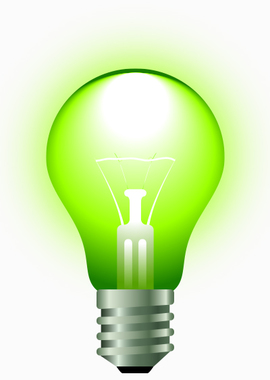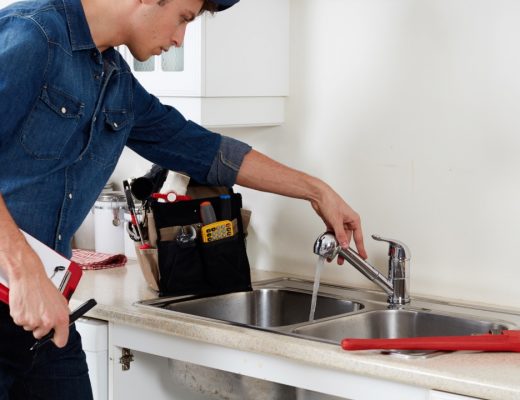 Energy Efficient Mortgages (EEMs) were formally introduced by the Federal Housing Administration in 1995 to help consumers save money on utility bills by enabling them to finance the cost of energy-efficiency features for their new or existing homes as part of their FHA-insured home purchase or refinanced mortgage. The U.S. Department of Energy maintains that an EEM is one of the most beneficial programs consumers can use to capitalize on in today’s real estate market.
Energy Efficient Mortgages (EEMs) were formally introduced by the Federal Housing Administration in 1995 to help consumers save money on utility bills by enabling them to finance the cost of energy-efficiency features for their new or existing homes as part of their FHA-insured home purchase or refinanced mortgage. The U.S. Department of Energy maintains that an EEM is one of the most beneficial programs consumers can use to capitalize on in today’s real estate market.
You can participate without the need to qualify for additional financing because cost-effective energy improvements result in lower utility bills—making more funds available for mortgage payments. You can upgrade windows and doors, install active and passive solar technologies, insulate an attic, replace older heating and cooling systems and fix or replace chimneys, etc.
The maximum cost of improvements you can add to your mortgage is either 5% of the property’s value (not to exceed $8,000) or $4,000, whichever is greater based on your property’s value. FHA requires that you make at least a 3.5% cash investment on your property based on the sale price. The total mortgage amount is based on your home’s value plus the projected cost of energy-efficient improvements.
Experts believe that an EEM can add an additional 15% of a home’s appraised value to the principal of a new loan or refinance, often at no additional cost, no compromise in the loan-to-value ratio for the borrower and perhaps a better rate. Benefits will vary and your lender will be your best source on what benefits you may obtain. Energy efficiency becomes an attractive selling point when you place the property on the market.
You may apply for an EEM with any HUD-approved lender, such as a bank, credit union or mortgage company. Click here for more information on EEMs.



